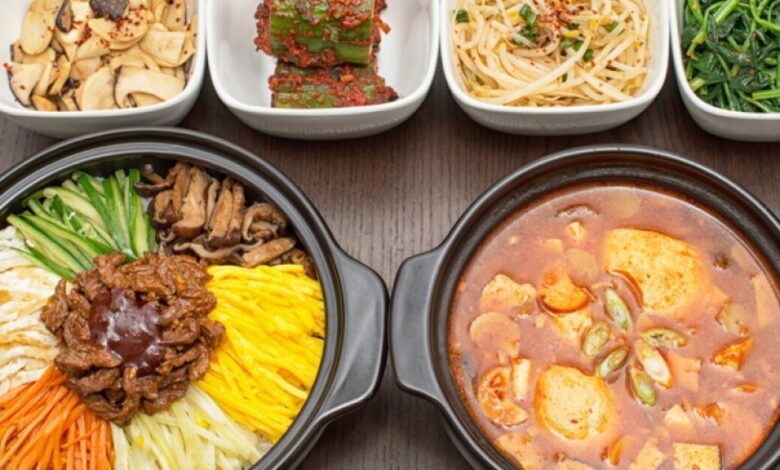
Twelve percent of restaurants in the United States serve Asian food, according to the Pew Research Center.
That’s just above the 7% of the U.S. population that’s Asian American.
The United States is home to more than 22 million Asians, and that number is expected to grow to 46 million by 2060.
And as the population grows, Asian cuisine is expected to follow.
"A lot of Asians who immigrate to the U.S., that is kind of their niche, these small businesses," said Chef Jae Choi. "It gives them an opportunity where they feel a little closer to home, and that community is important for anyone to thrive in another country."
Chef Choi owns Yakitori Jinbei, a Japanese-Korean restaurant.
His family immigrated from South Korea in the 1980s, and he grew up cooking with his mom.
"There were no Korean restaurants where I grew up; I mean, there were some, but not very convenient at the time," said Choi.
Korean restaurants make up only 6% of the Asian restaurants in the U.S.
For Chef Lino Yi, owner of The Korean One, cooking is about more than just food. It was a way to connect with his parents.
"Growing up, I could barely speak Korean. It was very difficult for me to learn because I was just so assimilated into American culture, so I spoke English primarily," said Chef Yi. "But my way of communicating with my parents was making Korean food. Even though I couldn’t express everything, I could express my love and devotion to them by making Korean food."
SEE MORE: Korean artist on the meditative effects of tea
His parents were also chefs. They closed their Orlando storefront in 2010. He opened his restaurant in honor of them.
It’s estimated that there are likely fewer than 100 Indonesian restaurants in the U.S.
So, it’s no surprise that before Iris Li opened Bataviain Atlanta in 2004, there weren’t any places to find traditional Indonesian food in the area.
"They can have a space to sit together and talk and eat the same food. And they like it," said Li.
Li says there is a growing demand for more Asian food in the U.S.
"In America, they have so many different countries all over the world come to the United States. They come here to work, study. They’re homesick, miss their country’s food. That’s what they want. That’s why we have to open something," said Li.
For Li, Batavia is also the center of the expression "breaking bread." It’s about more than just eating. Sharing her food is pivotal for connection and culture.
"With food, you’re able to showcase parts of your culture that you may not just get from reading a book. I think it allows for a deeper understanding of what that culture represents," said Choi.
And it’s as simple as trying something new.
"I like to take foreign things and make them familiar, or familiar things and make them foreign," said Yi.
"Once they try it, they love it, and they can’t stop eating it," said Choi.
And Chef Yi believes that our love of trying something new and expanding our palates is forming a bridge between American and Asian cultures and cuisine.
"I think if you asked the average person, 'When’s the last time you had apple pie?' They’re like once a year for the 4th of July, but when’s the last time you had Chinese takeout or Asian food? 'I dunno, like last week.' So, I think Asian food is American food. It’s part of our culture," said Yi.
Trending stories at Scrippsnews.com







